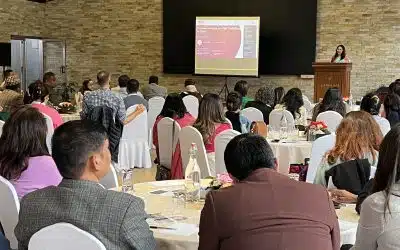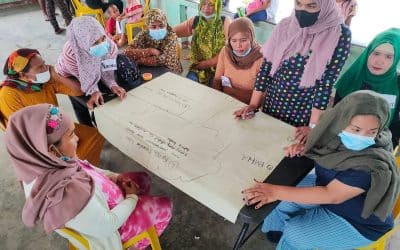The State of Conflict and Violence in Asia
Trends and implications of conflict in some of the world’s most fragile and volatile places
In response to critical gaps in existing conflict data, The State of Conflict and Violence in Asia presents a concise, evidence-based overview of violence in 14 Asian countries, including some of the most complex places in the world. Drawing on The Asia Foundation’s own long-standing experience in each country, the volume reports historical patterns and current trends in conflict and violence, combining analysis of published materials with in-depth knowledge and nuanced understanding of local politics and power. Required reading for policymakers, development practitioners, security analysts, and business leaders, this book provides an accurate and timely picture of conflict, violence, and peacebuilding in Asia today. Watch the launch presentation in Washington, DC.
| 1 | Politicization of ethnic/religious identities leads to violence, creates risks |
| 4 | Development, urbanization will increase violence in coming decade |
| 2 | Conflict affects every country |
| 3 | National stability has come at the price of rising subnational, local violence |
| 5 | Gender-based violence is widespread and its impacts significant |

Five Emerging Patterns
| 1 | Politicization of ethnic/religious identities leads to violence, creates risks |
| 2 | Conflict affects every country |
| 3 | National stability has come at the price of rising subnational, local violence |
| 4 | Development, urbanization will increase violence in coming decade |
| 5 | Gender-based violence is widespread and its impacts significant |
News and Events
-
International Peace Support and Effective Peacebuilding in Myanmar
April 12, 2024
Publication
-
Addressing Child Trafficking in Nepal: Bridging the Gap between Research and Practice
2024
Program Snapshot
| 1 | Understand the history and politics |
| 4 | Confront cross-border drivers of conflict |
| 2 | Target hot spots, but remain alert to risks elsewhere |
| 3 | Generate better data via local violence monitoring systems |
| 5 | Focus on building rule of law |

Five Critical Implications
| 1 | Understand the history and politics |
| 2 | Target hot spots, but remain alert to risks elsewhere |
| 3 | Generate better data via local violence monitoring systems |
| 4 | Confront cross-border drivers of conflict |
| 5 | Focus on building rule of law |
The Latest Across Asia
News
April 25, 2024
Program Snapshot
April 18, 2024
News
April 17, 2024

2024 Lotus Leadership Awards
Thursday, April 25, 2024, New York City
The Lotus Leadership Awards recognize contributions towards gender equality in Asia and the Pacific








